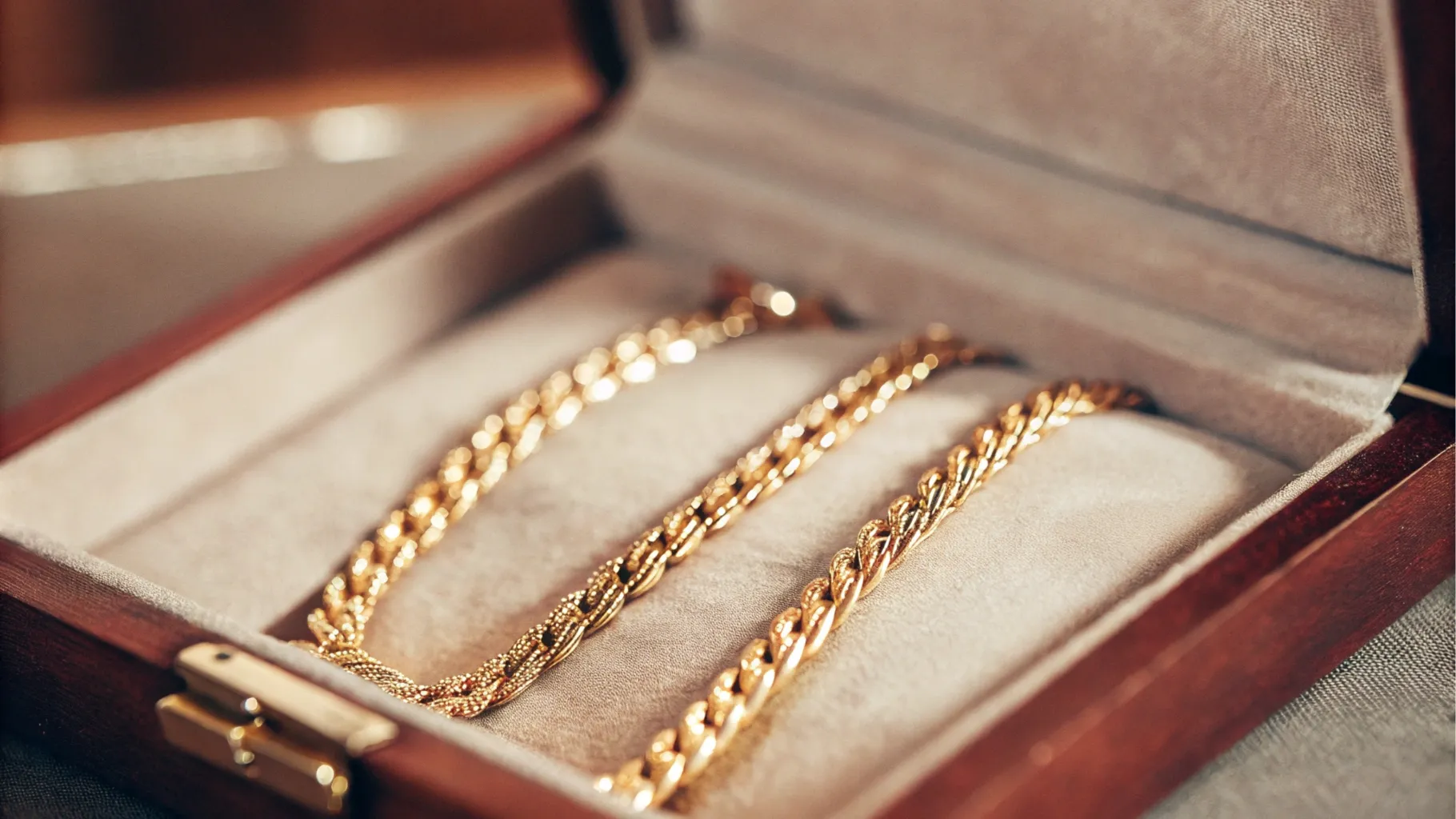
14K Gold Filled Jewellery: Packaging Design and Protection Strategies
2024-12-12
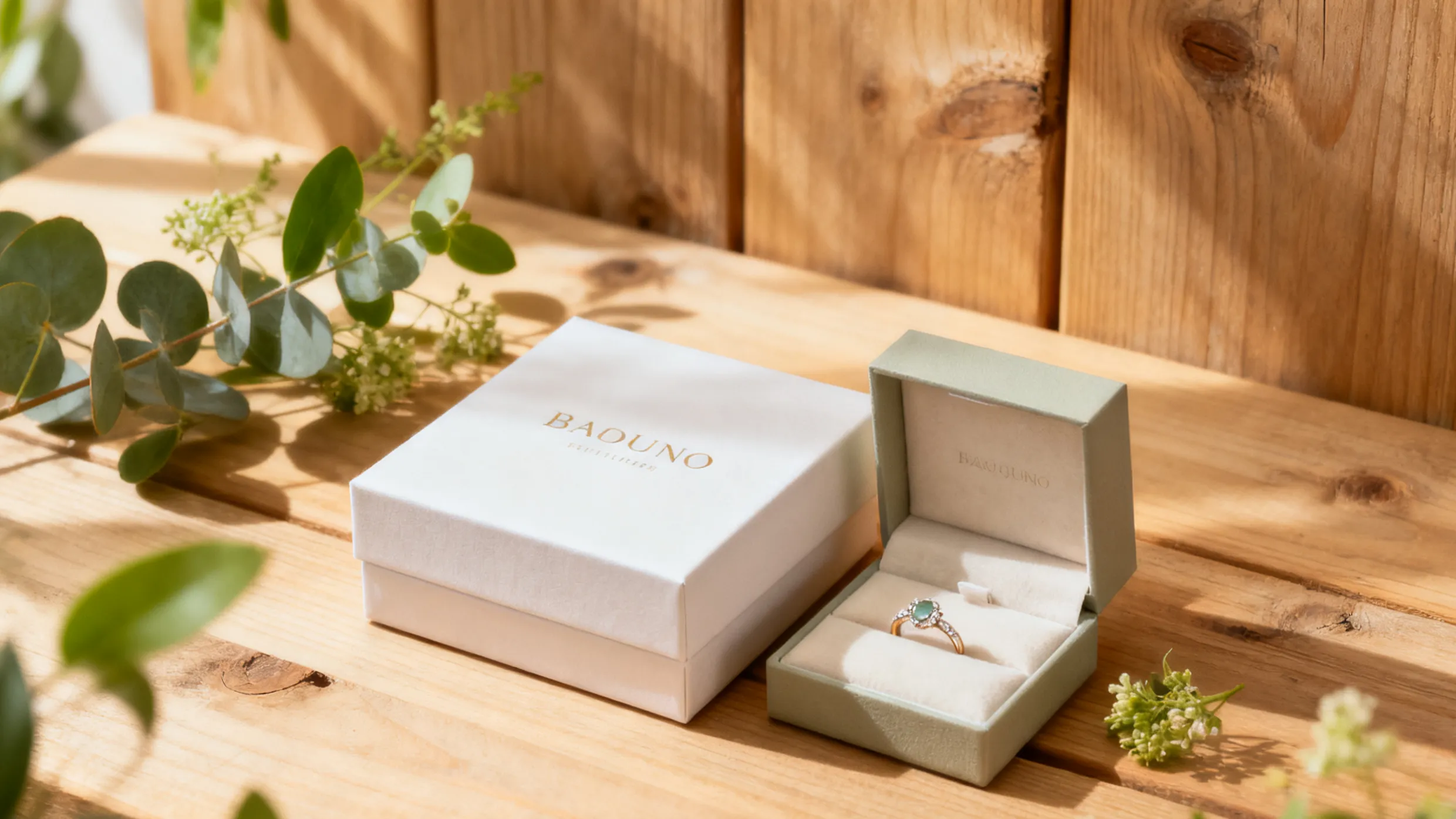
The future of luxury is defined by sustainability. The shift from temporary wrapping to ethical brand assets means Sustainable Jewelry Packaging Trends are no longer optional, but essential for market survival. This dynamic forces designers and market leaders to fundamentally rethink materials, structure, and supply chain transparency.
This definitive 2026 report provides the critical foresight needed, analyzing how circular design and innovative technology solve the industry’s toughest challenges. Our comprehensive guide will equip you with the exact strategies and verifiable materials required to transform your brand’s packaging from a cost center into a compliant, compelling statement. You can find even more inspiration in our broader guide: Top 10 Jewelry Packaging Innovations Changing the Industry .
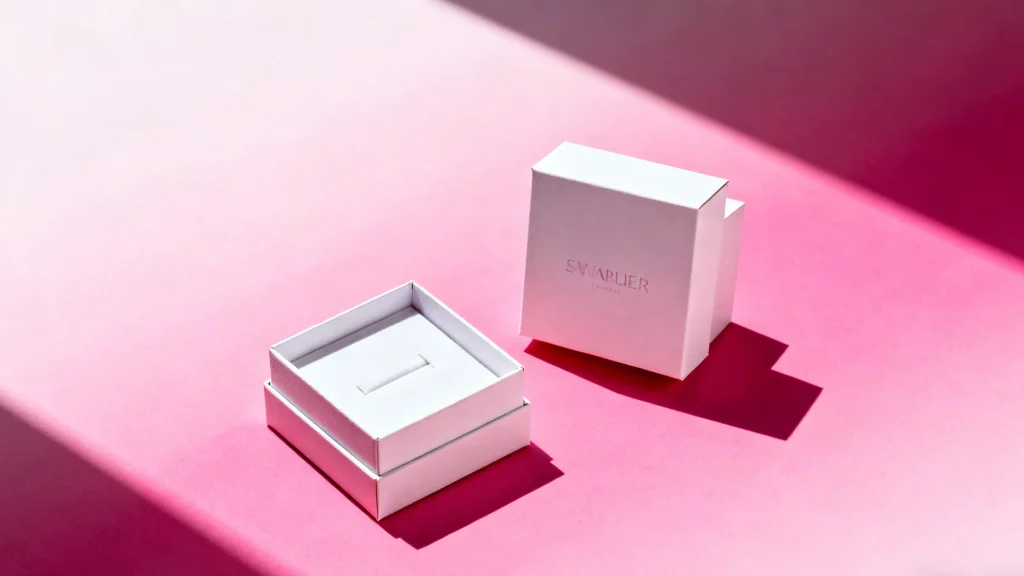
This year, success is defined by design choices that ensure longevity and minimize environmental impact. These principles form the strategic foundation of any eco-conscious project.
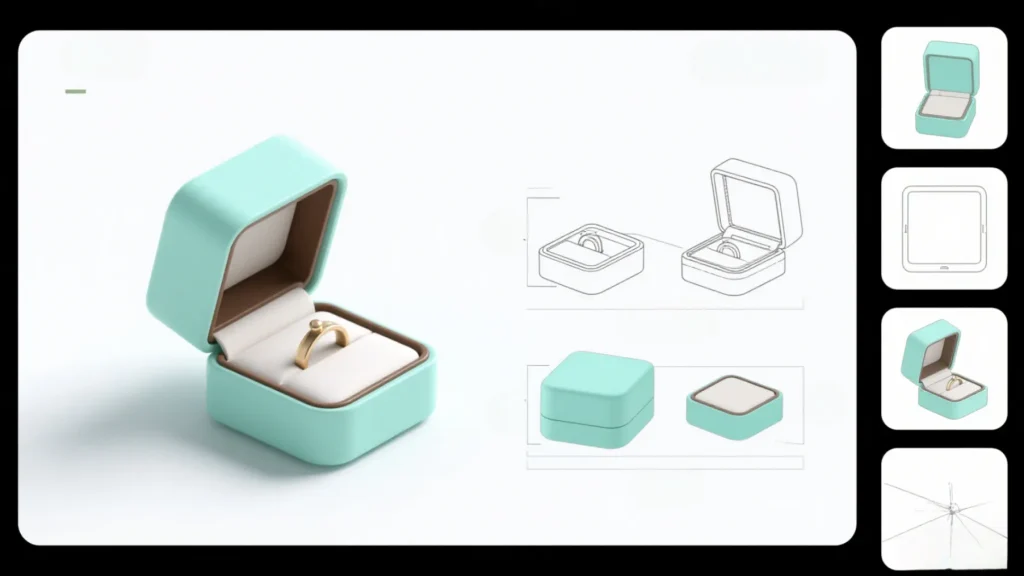
The heart of sustainable jewelry packaging trends lies in the materials. B2B procurement must balance environmental integrity with cost and quality. This chapter details how to achieve “green luxury” without sacrificing perceived value. When looking for a partner to deliver these specialized materials, it is helpful to review the Top 25 Jewelry Packaging Manufacturers and Suppliers (2025).
The movement away from single-use plastics demands innovative yet luxurious substitutes.
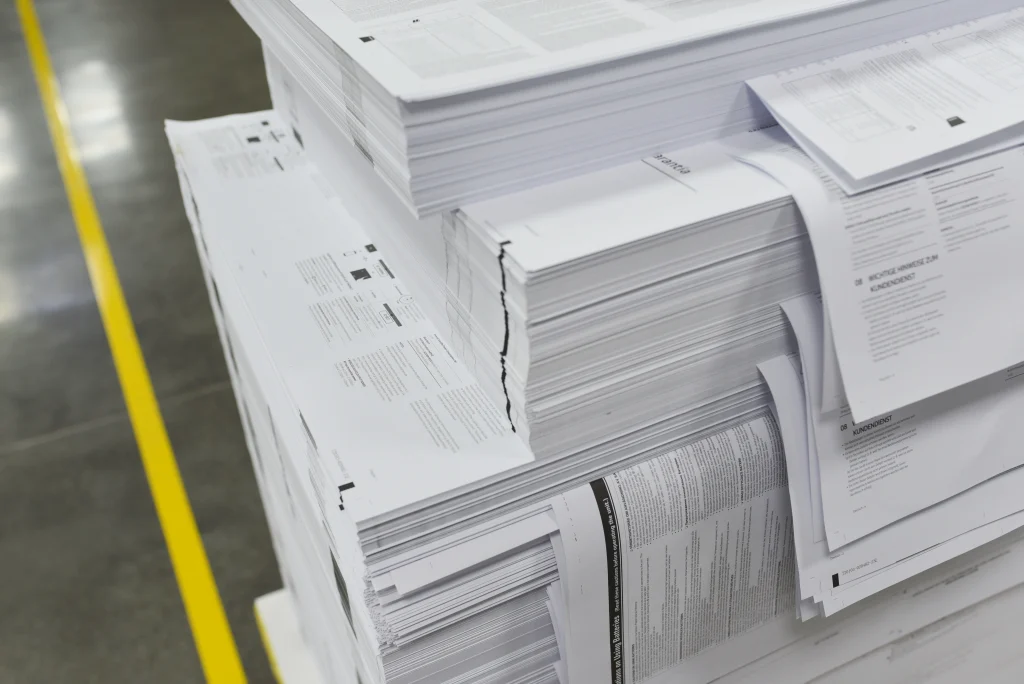
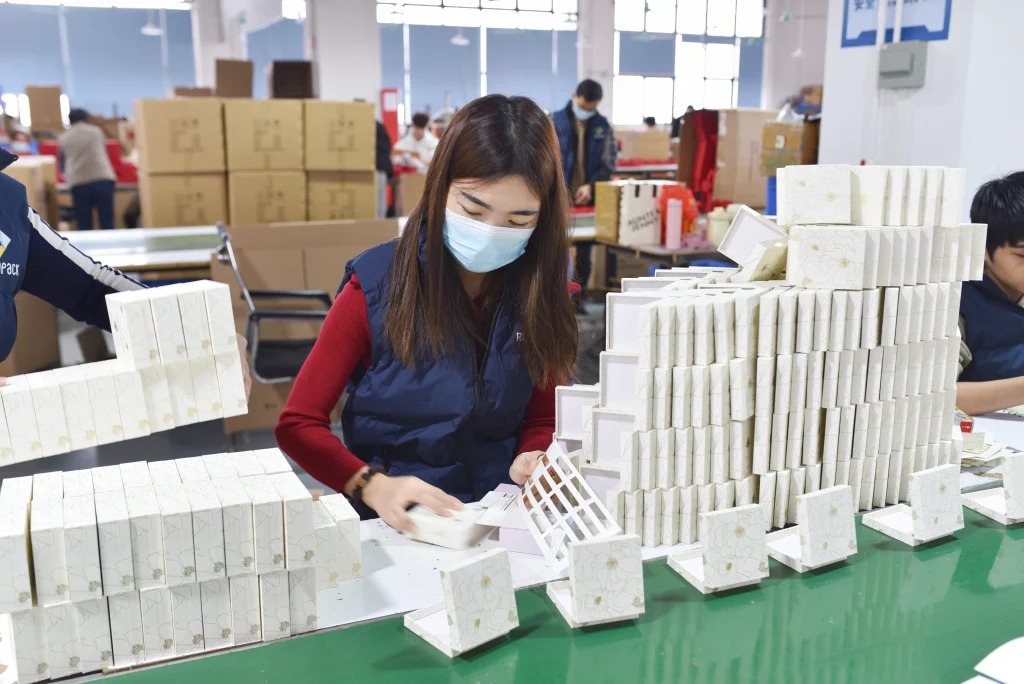
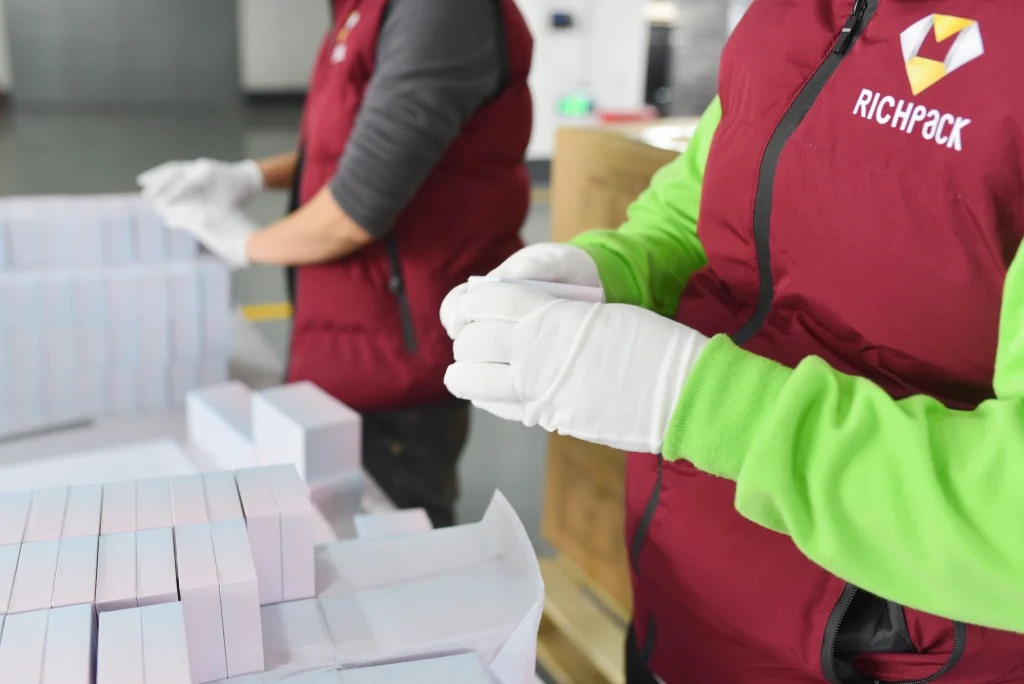
Discover key material guides: How to Choose the Best Materials for Jewelry Boxes?
The reality of sustainable sourcing often involves a premium. However, data shows a clear return on investment (ROI) for these choices.
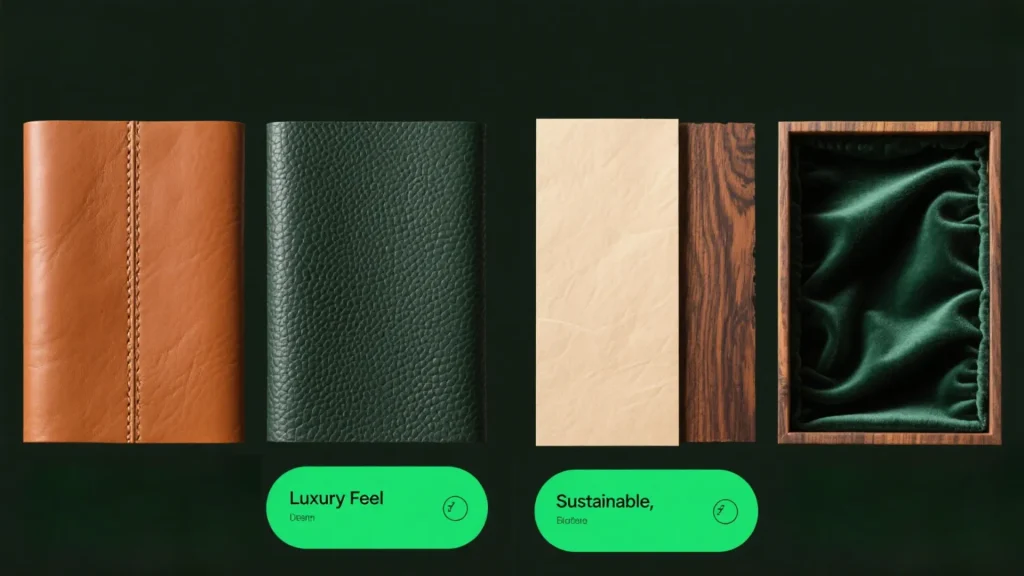
Innovation in structure focuses on making the unboxing experience memorable while reducing material waste. The modern trend leverages structures that communicate value and allow easy recycling.
Modern structures prioritize longevity, functionality, and protection.
Visual and tactile cues are critical for luxury perception. The goal is to achieve luxury through texture and minimalism, not excessive material.
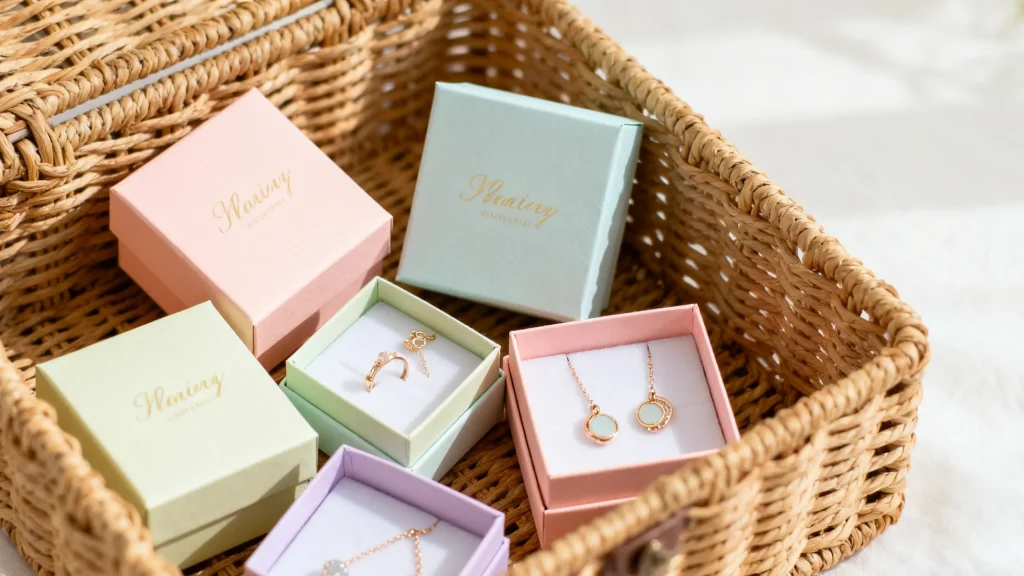
Technology integration is the most exciting area in sustainable jewelry packaging trends for 2026, transforming passive containers into interactive marketing tools. This trend enhances security, traceability, and post-purchase engagement.
Technology is becoming seamlessly embedded into the packaging structure.
Real-world applications prove that sustainability and luxury are not mutually exclusive.
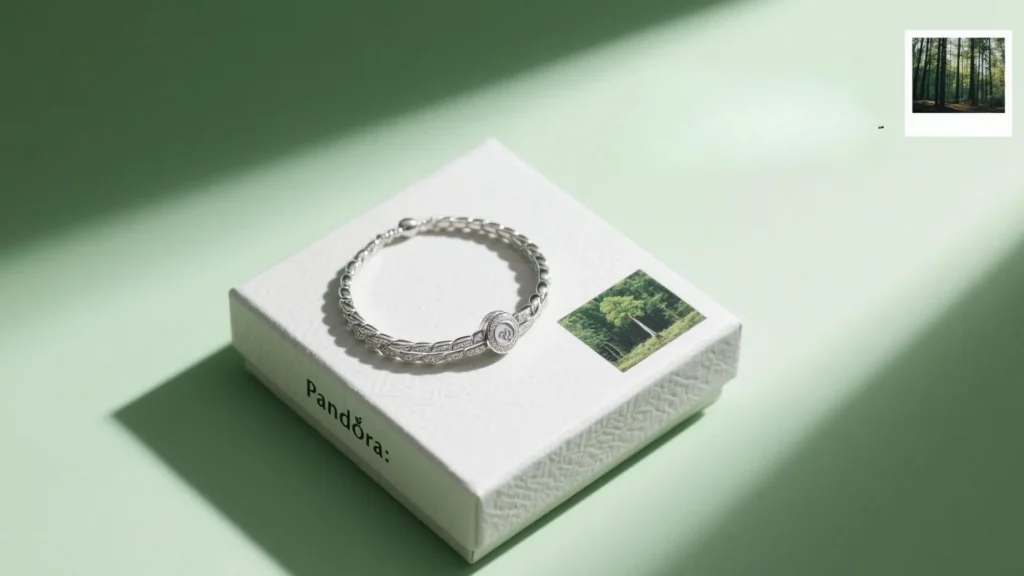
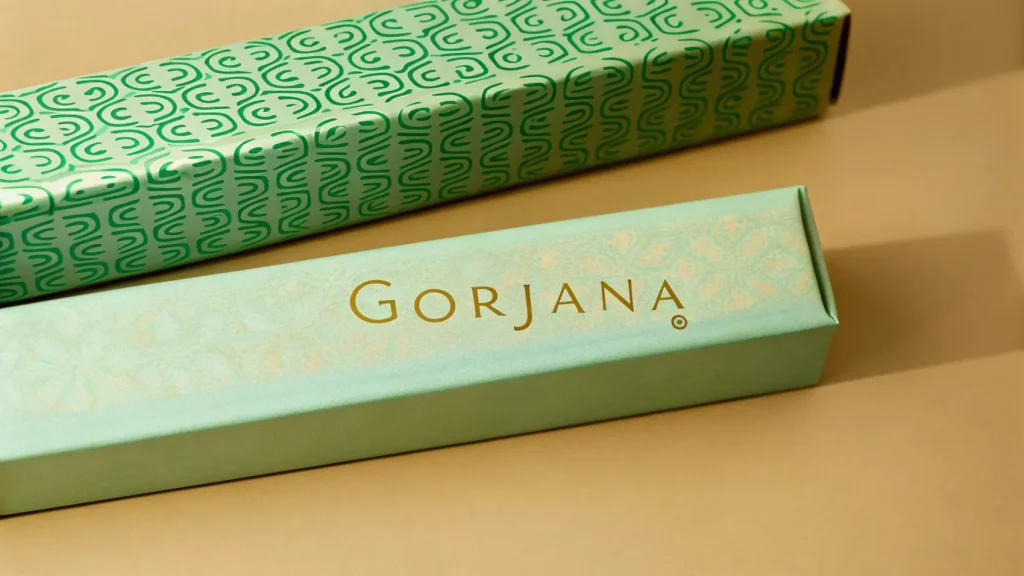
The 2026 mandate is clear: packaging must be sustainable, structurally sound, and digitally capable. Brands that integrate these Sustainable Jewelry Packaging Trends at the design phase will capture both ethical consumer trust and market share. The foundation for success starts with a strong design philosophy, reinforced by a capable manufacturing partner. The longevity of your brand will be measured not just by the quality of the jewelry within, but by the integrity of the box that holds it. Ignoring these shifts risks market obsolescence.
Ready to translate these trends into your next collection? The next step is professional B2B execution. Consult our Richpack: The Definitive Guide to Custom Jewelry Packaging Services to start your project.
What is the most challenging sustainable material or technology you plan to integrate into your next collection? Share your thoughts in the comments below!
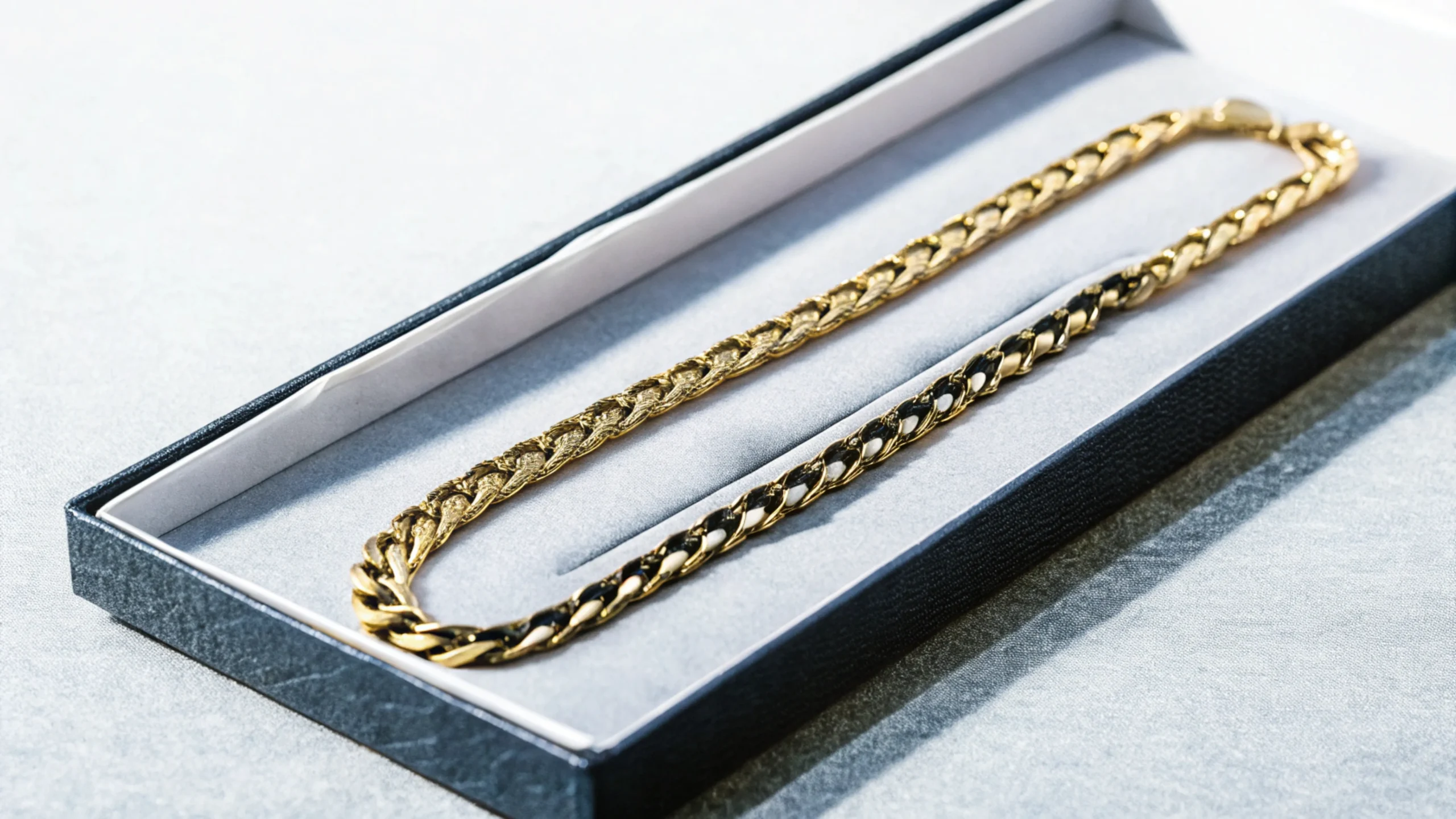
Your box chain necklace deserves the best care—whether it's a gold box chain for men or a sleek silver box chain, proper storage and styling ensure it stays tangle-free, scratch-resistant, and display-worthy.
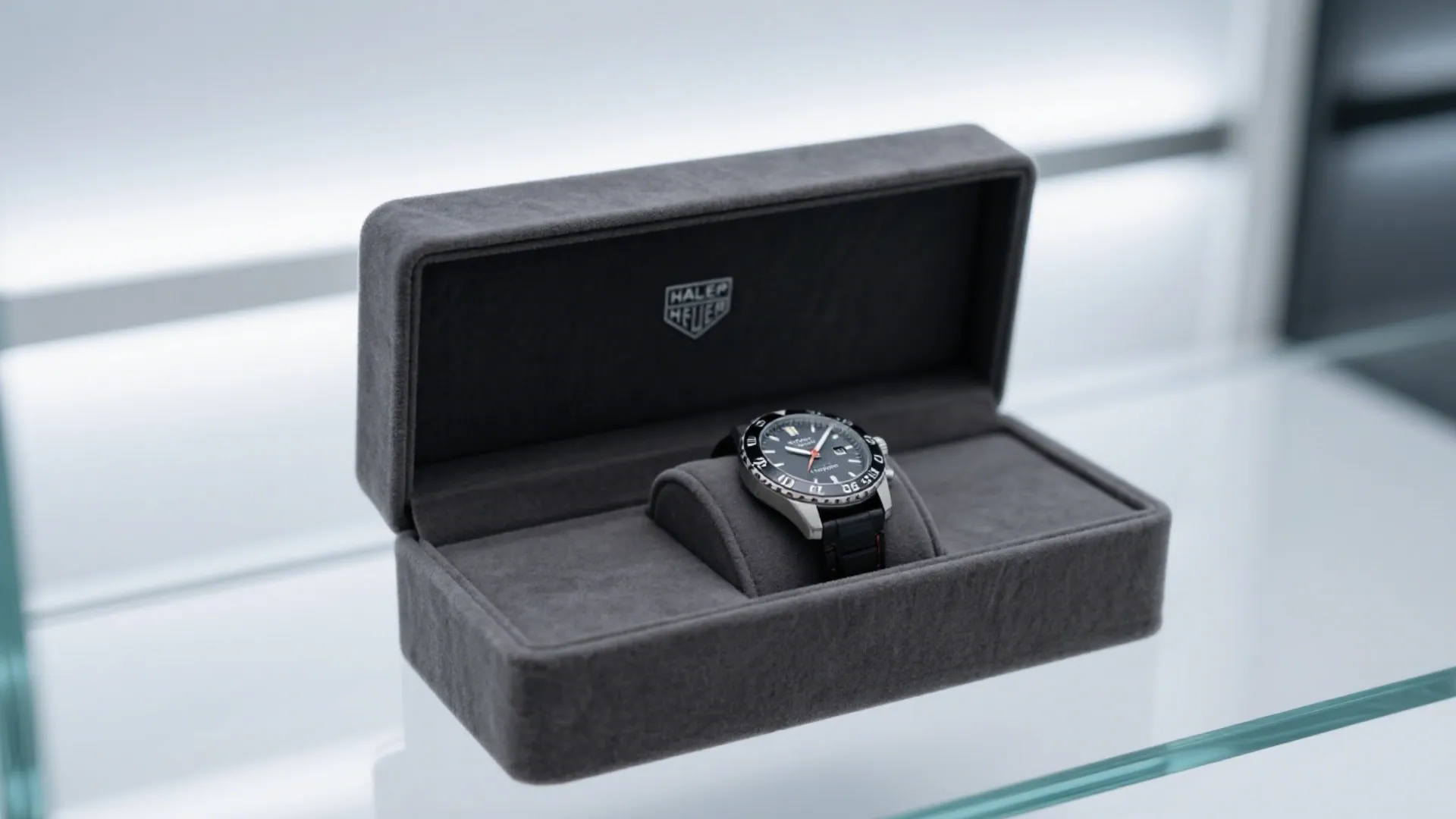
Collecting luxury watches is not just about owning them. It’s about how you show them off. A display for watches turns your Rolex, Omega, or Tag Heuer into a stunning centerpiece. Whether it’s on your desk or shelf, the right luxury watch display combines beauty with protection. Every single watch display case has two jobs: to show off the watch’s beauty and… Continue reading The 2026 Sustainable Jewelry Packaging Trends Report: Innovation, Materials, and Design for Ethical Luxury
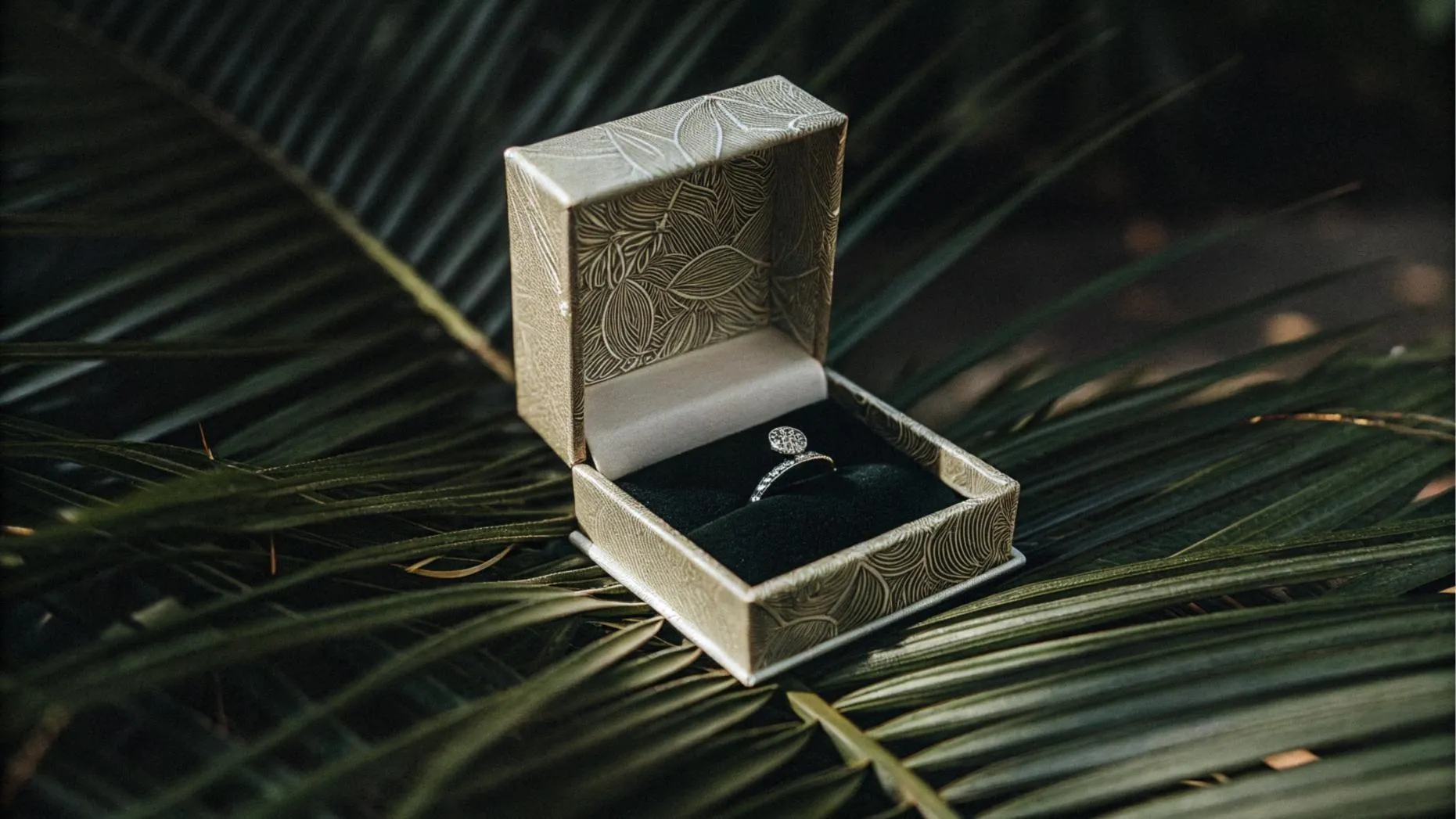
Richpack · David Yurman Jewellery Packaging the Sentiments of Love and Milestones David Yurman, a brand founded in 1980 by sculptor David and painter Sybil Yurman, has become synonymous with this emotional resonance, crafting pieces imbued with meaning and designed to be cherished. Over the past five years, David Yurman’s classic cable collection has accounted… Continue reading The 2026 Sustainable Jewelry Packaging Trends Report: Innovation, Materials, and Design for Ethical Luxury
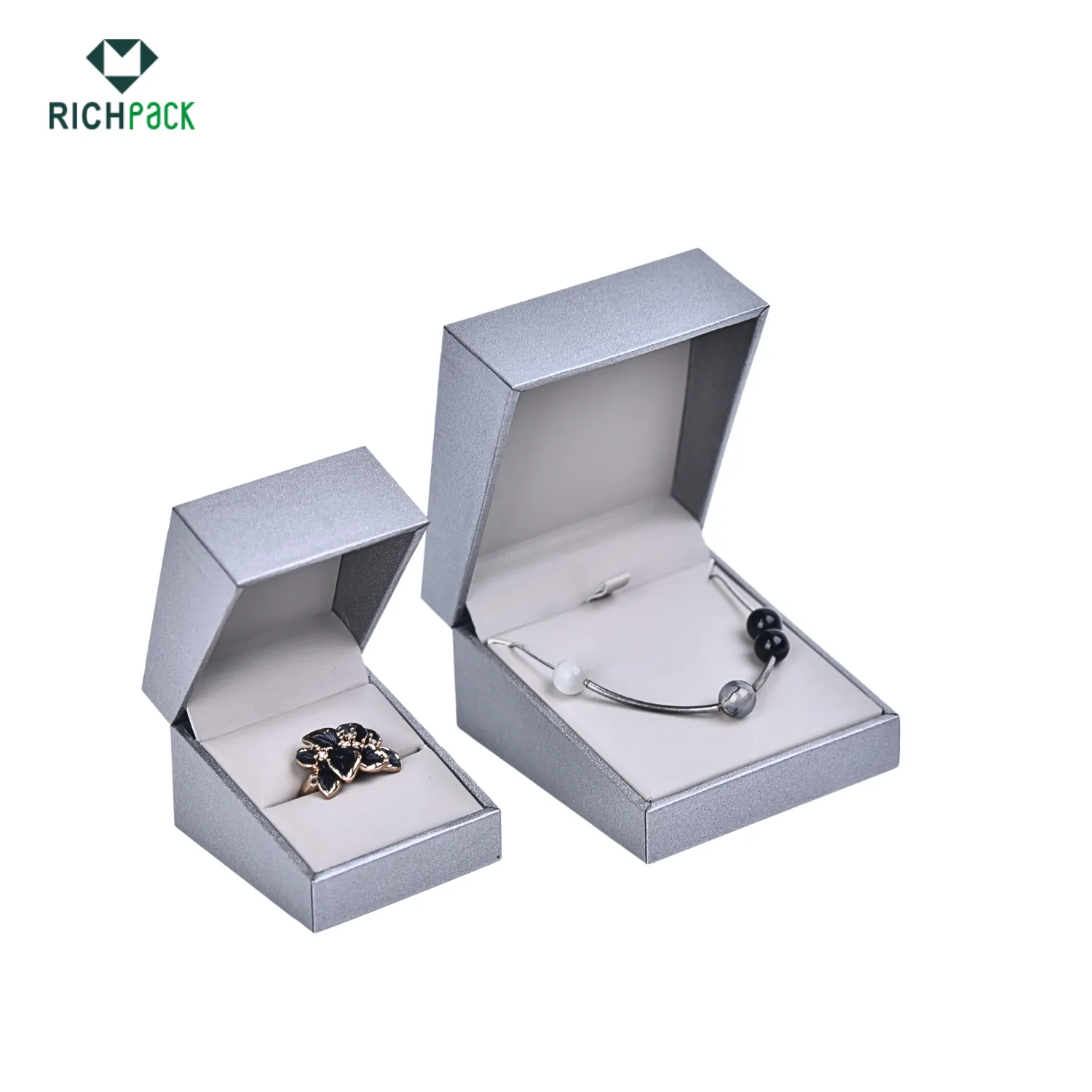
Cost-Effective Eco-Friendly Bulk Packaging for Wholesale Jewelry Brands | Tailored for Large Orders Focused on Green Initiatives
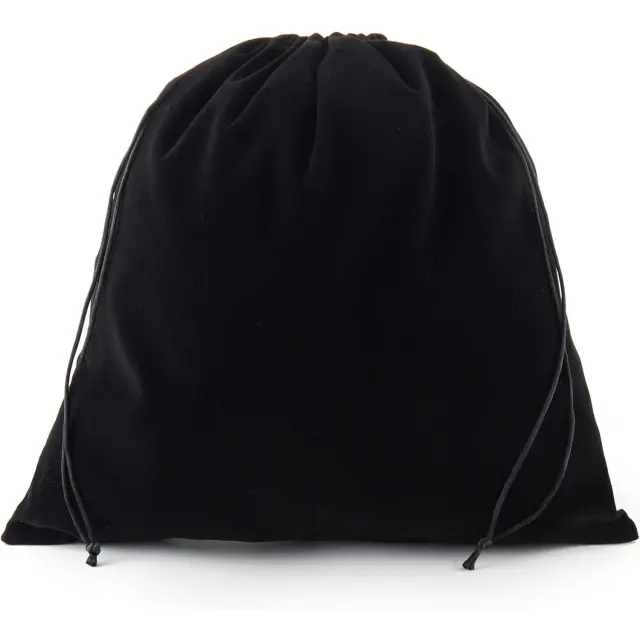
Custom Black Velvet Drawstring Bags | Jewelry Packaging Wholesale | Richpack
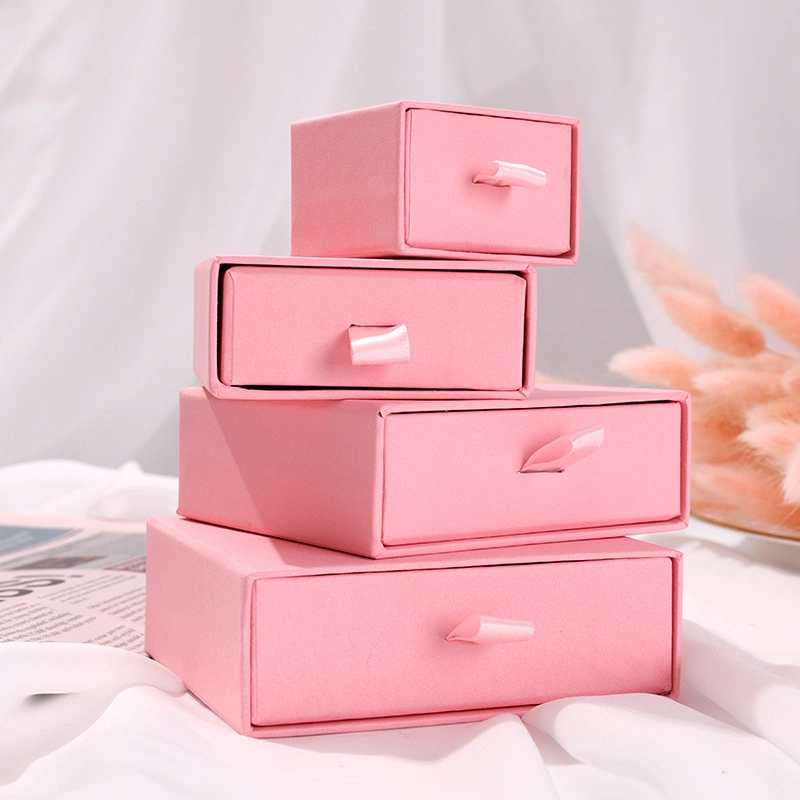
Custom Gift Boxes for Amazon Sellers | Premium Amazon Boxes for Gift Personalized Packaging Solutions for Gift Cards and Products by Richpack
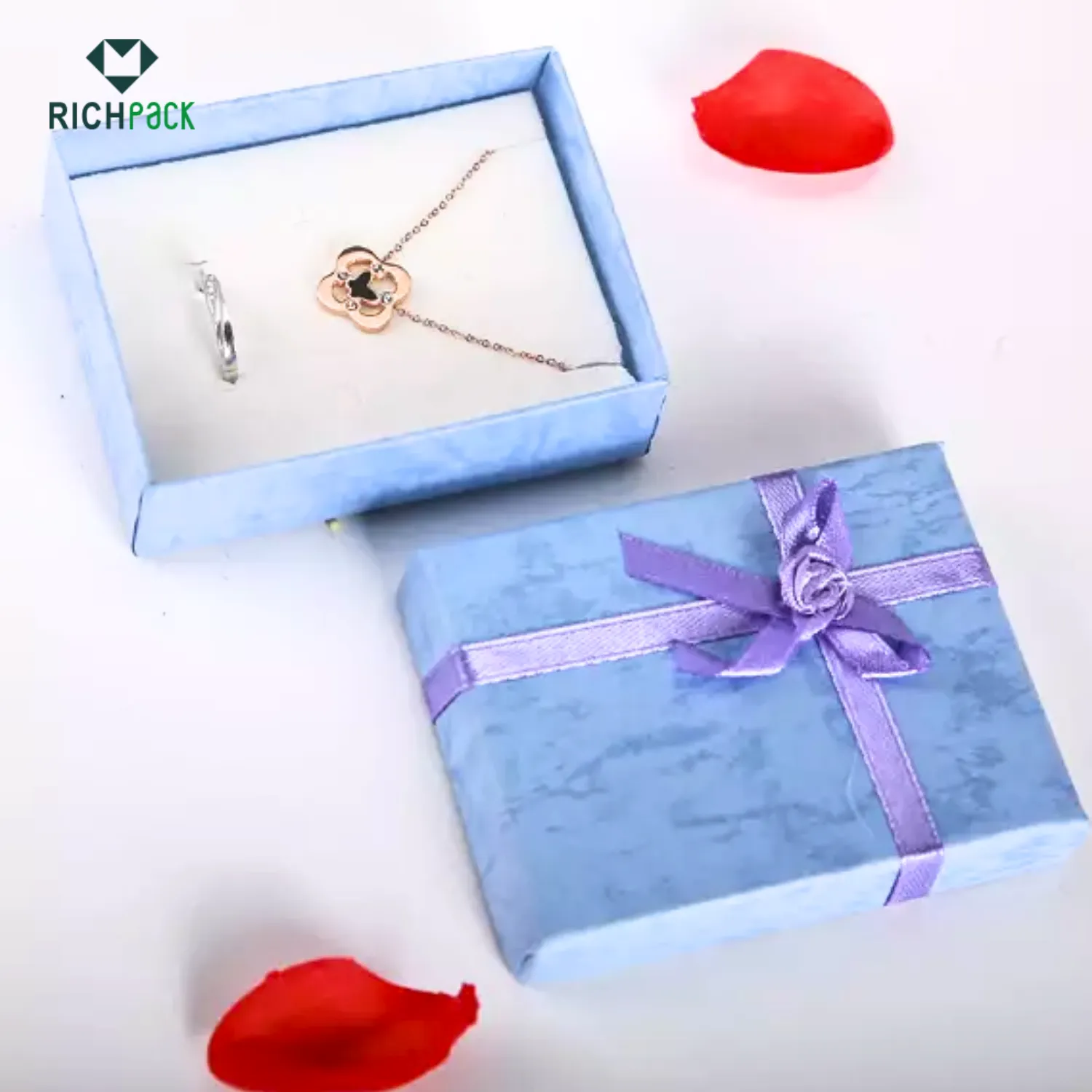
Artisan Assortment Gift Box – A Diverse Array of Treasures in a Handcrafted Box
View More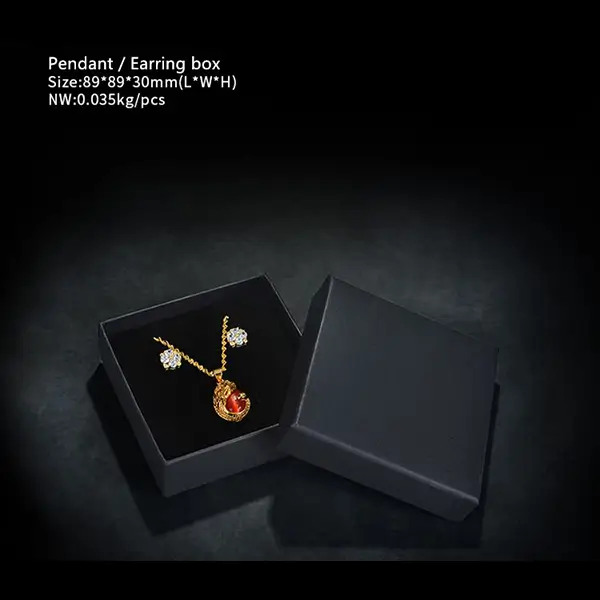
Biodegradable Jewelry Boxes for Eco-Conscious Brands | Environmentally Friendly Packaging Solutions for Jewelry Businesses Focused on Green Initiatives
View More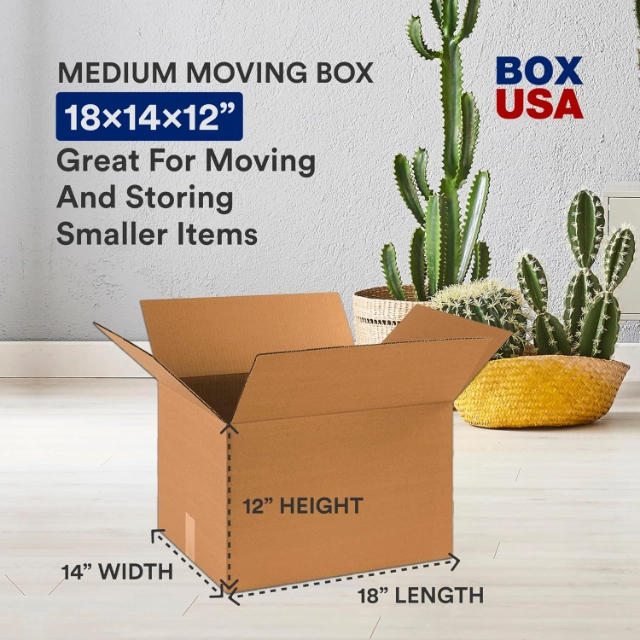
Brown Cardboard Gift Boxes – Classic, Economical丨Tradition in Every Box
View MoreJust submit your email to get exclusive offers (reply within 12 hours)